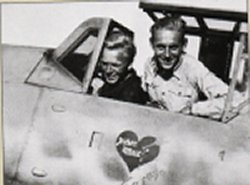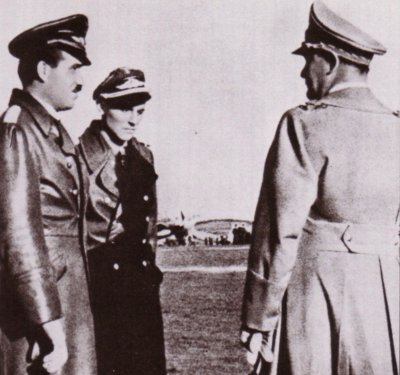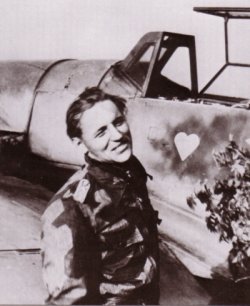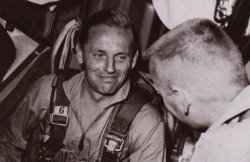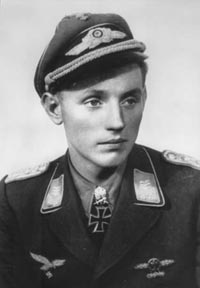 |
For his prowess in a black nosed ME 109, the Soviets dubbed Erich Hartman 'The Black Devil of the Ukraine' Hartmann had a 10,000 ruble price on his head. When Erich arrived on the Eastern front his fellow pilots nicknamed him 'Bubi' or boy, he apparently looked far younger than his 20 years. It was said of Erich that he was a quiet, unassuming man who lacked the flamboyance of most other fighter aces, yet in only two and a half years, between October 1942 and May 1945 he amassed 352 victories, rose to command Gruppe No 1 of the Luftwaffe's most successful fighter wing, and earned one of Germanys most coveted military awards, the Knights Cross of the Iron Cross With Oak Leaves Swords And Diamonds. The secret of Hartmann's success was' To fly with your head-not your muscles'. He would prefer to take his enemies by surprise, by boring in at close range and attack at point blank range. In 825 aerial combats Erich was never wounded, his plane was brought down 16 times more than often from debris from enemy aircraft that he had shot down from such close range. |
